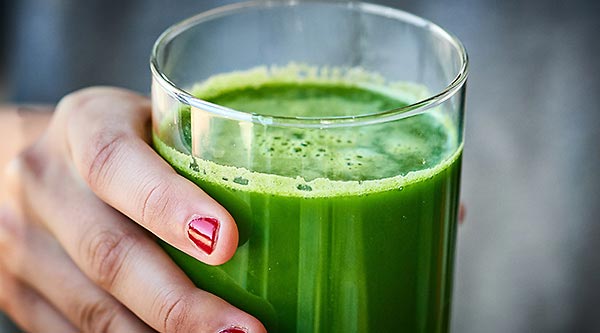In recent years, bottles of vegetable-based green juices have become trendy accessories for health-conscious consumers and fitness buffs alike. With their promises to “make your body sing” and put “pep in your step,” for example, these drinks convey a halo of healthfulness.
“When the green juice trend really started back in 2010 or 2011, it was something of a niche product,” says Kara Nielsen, culinary trends analyst at the marketing firm CCD Innovation. “Now that trend has matured and gone mainstream, with a wide array of options that target all kinds of consumers.”
But not all green juices are necessarily good for you. So it’s important to read the label on the bottle at the store. We’ve compiled a list of things to look for — and to avoid — when buying something green to drink.
Watch the sugar
Drinks such as Naked Juice Green Machine sport labels touting their “zero added sugar,” but don’t be misled: A look at the label reveals that there are 53 grams of sugars — and 270 calories — in one 15-ounce bottle. The same amount of Coke contains 49 grams of sugars.
Instead, look for drinks with a high veggie content, especially leafy greens such as spinach and kale, and little if any fruit juice. Consider drinks such as Daily Green Purity, which includes kale, cucumber, parsley, broccoli, celery, lemon and basil — and 9 grams of sugars in a 12-ounce bottle.
Don’t expect fiber
Although green drinks may contain a variety of valuable nutrients, when you press vegetables to extract their juice, you usually leave the fiber behind.
Fiber slows the release of any sugars in the food into your bloodstream, and it has many other benefits. In addition to aiding digestion, dietary fiber has been shown to help cut cholesterol levels, protect against diabetes, tame inflammation and control weight. Unfortunately, most bottled green juices contain less than a gram of fiber.
more on washingtonpost.com




